
Spine surgery team adds capability, improves readiness
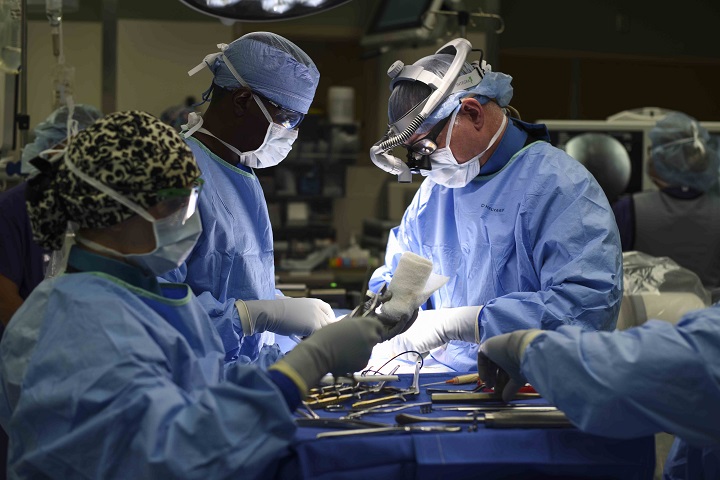
Air Force Col. (Dr.) Edward Anderson, 99th Medical Group orthopedic spine surgeon, performs a lumbar microdiscectomy surgery at Nellis Air Force Base, Nevada. A lumbar microdiscectomy surgery is performed to remove a portion of a herniated disc in the lower back. (U.S. Air Force photo by Airman 1st Class Andrew D. Sarver)
NELLIS AIR FORCE BASE, Nev. — The 99th Medical Group based at Mike O’Callaghan Medical Center here successfully completed its first set of orthopedic spine surgeries after bringing two specialized surgeons to the unit.
As one of the more limited Air Force Medical Service specialties, orthopedic spine surgery has only three qualified surgeons in the entire Air Force, two of whom are now on the team at the medical center here.
Air Force Col. (Dr.) Edward Anderson and Air Force Maj. (Dr.) Bryan Lawson, 99th MDG orthopedic spine surgeons, bring a combined nearly three decades of surgical experience to the operating table. Their goal is to increase capabilities inside the hospital as well as increase individual deployment readiness.
“We understood that we had a significant amount of spine surgery cases that were being referred to physicians downtown,” said Air Force Col. (Dr.) Kim Pietszak, 99th MDG medical staff chief. “After doing the math, it became pretty apparent to us that we should be providing this care inside of our facility and could do it for less cost to the government.”
Increasing Medical Readiness
Pietszak said the benefits of performing complex surgeries in the orthopedic spine clinic go far beyond the operating room because each surgery requires a great deal of preparation.
Prepping those patients increases everyone’s medical readiness, she explained, with the nurses admitting the patients, the technicians doing lab work and everyone else involved in the process soaking up the knowledge from their environment.
Pietszak said this clinic is a big win for the Air Force and for Nellis. Not only will the care providers be able to take care of the Airmen in their facility, she added, but now they are able to monitor them closer and better gauge when they are able to return to work, improving the Airmen and their readiness.
Both Lawson and Anderson are optimistic for the future of orthopedic spine surgery at Nellis.
“I think we have to start with procedures that are fairly straightforward,” Lawson said. “But the goal is to provide the full complement of spine care here.”
“When you’re setting up a complex spine program, you want to grow this in a deliberate way in order to continue to deliver safe care,” Anderson said.
“The reality of it is that we get to a point where we’re in such a specialized field that who I needed wasn’t just another surgeon,” Anderson added. “They told me they needed complex spine surgery done here. I told them I needed Dr. Lawson because it’s a team sport – you can’t do it alone.”
Lawson and Anderson have known each other for nearly a decade, and their complementary work ethics are key for Nellis to enhance the 99th MDG’s readiness as a unit.
Having a Good Team
“Half the battle when performing surgery is having a good team,” Lawson said. “There’s so much the institution is capable of providing, but what can almost dwarf all of that is when you’re starting to build a team and how the interaction with your colleagues is. Thankfully, it’s something that has already been sorted out for Dr. Anderson and I over a course of years from working together.”
This also gives other orthopedic surgeons here, who aren’t traditionally spine surgeons, the ability to scrub-in, or assist, on a spine case and learn some of the skill sets from Anderson and Lawson.
“Setting up spine surgery here doesn’t have anything to do with our surgical readiness, because when we deploy, we deploy as general orthopedic surgeons – not spine surgeons,” Anderson said.” Maintaining our Airmen’s readiness all has to do with what follows on with our service line. It keeps the nurses on their toes in the intensive care unit and the technicians trained in the lab, among many other roles that are played to keep a hospital running.”
Disclaimer: Re-published content may have been edited for length and clarity. Read original post.
Proper sleep hygiene as a force multiplier
Article
9/5/2018
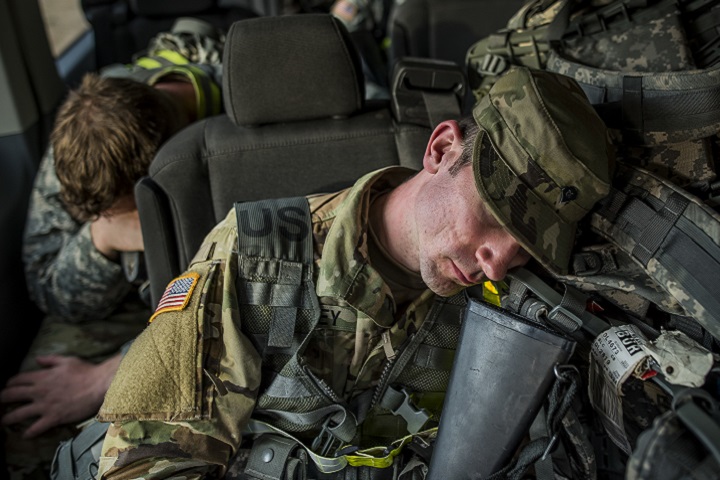
Sleep is cheap; it costs nothing to rest troops properly, with proven, immediately realized returns
Army researchers develop tasty, healthy performance bar
Article
9/4/2018
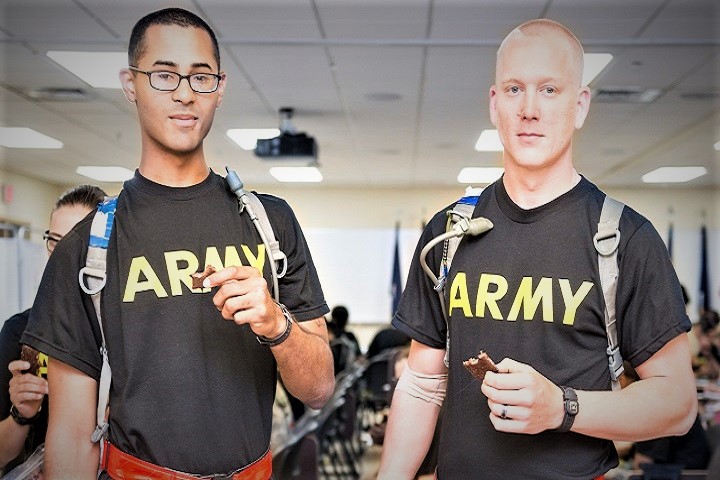
Researchers aren’t working to provide recruits and soldiers with something that only tastes good; it has to make sense for their nutrition
Guard Soldier uses medical skills to save boy’s life
Article
8/31/2018
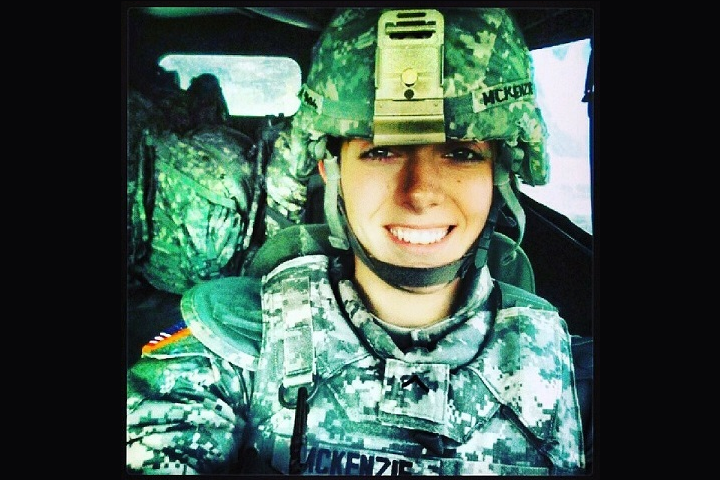
McKenzie just completed combat life-saving training and immediately began to triage the injuries the boy sustained in the fall
Norovirus
Infographic
8/27/2018

Beginning in 2011, the Operational Infectious Diseases (OID) laboratory at the Naval Health Research Center has undertaken routine surveillance of four U.S. military training facilities to systematically track the prevalence of acute gastroenteritis and to establish its etiologies among U.S. military recruits.
Leptospirosis
Infographic
8/27/2018

Leptospirosis: The presence of leptospirosis in the Republic of Korea (ROK) poses a potential threat to more than 40,000 U.S. Armed Forces personnel and their family members who reside in the ROK. This is the first published study for risk assessment of leptospirosis among U.S. Army soldiers assigned to the ROK.
Staphylococcus
Infographic
8/27/2018

Staphylococcus: Staphylococcus aureus is a major cause of skin and soft tissue infection (SSTI). Military personnel in congregate settings (e.g., training, deployment) are at increased risk for S. aureus colonization and SSTI. For a 7-month period in 2016, an observational cohort study of S. aureus colonization and SSTI among U.S. Navy submariners was ...
DoD, Air Force medical leaders visit JB Charleston
Article
8/13/2018
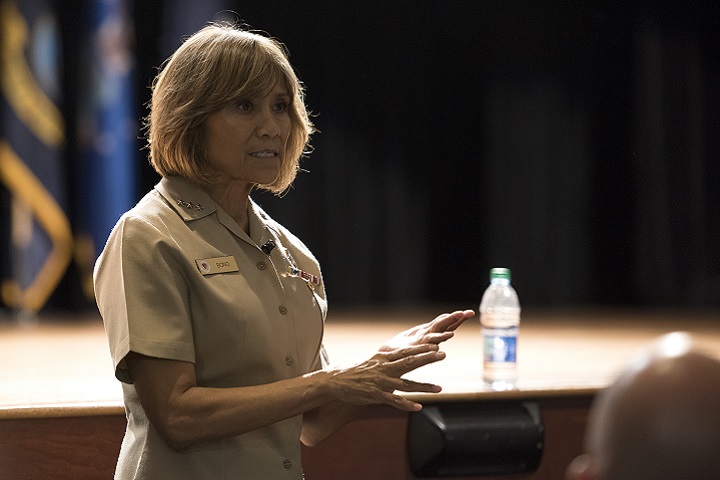
By October 2021, all military treatment facilities to include overseas facilities are scheduled to transition to DHA management
U.S. doctors save Italian patient hours from death
Article
8/8/2018

The patient had a fever, a very high heart rate and low oxygen levels
Trauma care reference body now woven into DHA combat support
Article
8/3/2018
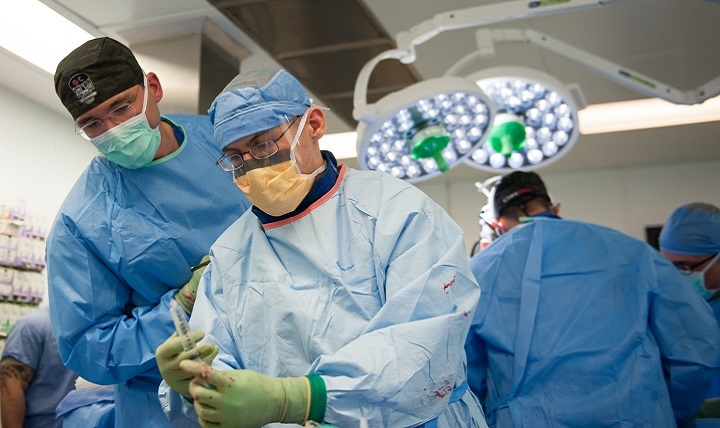
The JTS mission is to provide evidence-based process improvement of trauma and combat casualty care to drive morbidity and mortality to the lowest possible levels, and to provide recommendations on trauma care and trauma systems across the Military Health System
Shanahan discusses medical readiness, DHA transfer at Womack
Article
8/1/2018

The fiscal year 2017 National Defense Authorization Act transfers the administration and management of military medical treatment facilities to the DHA beginning Oct. 1, 2018
NMC Camp Lejeune: 75 years of service expands to civilian community
Article
7/31/2018
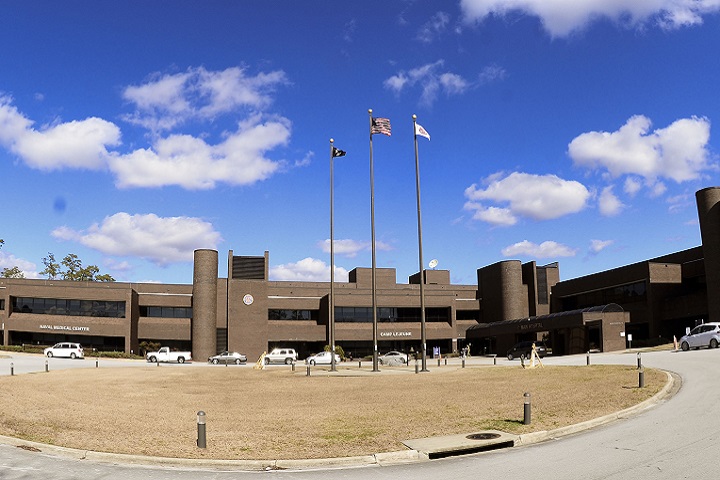
Trauma verification helps providers keep skills sharp
Leaders come together to rehearse military healthcare transition
Article
7/31/2018
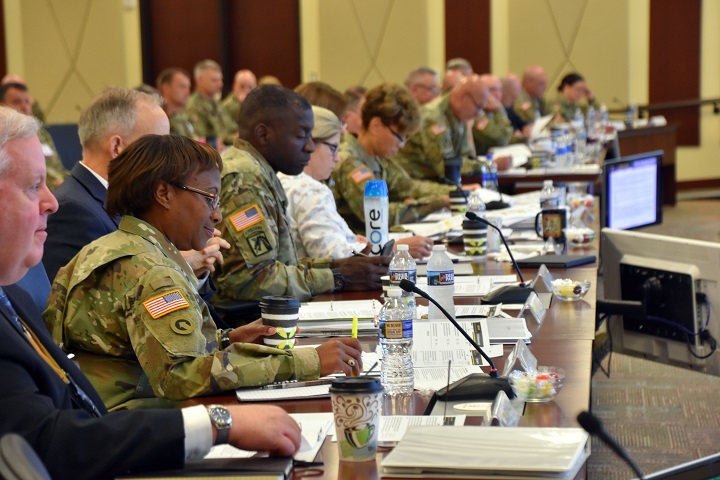
There should be zero impact on delivery of medical services that support readiness of the force
Acute Injuries
Infographic
7/25/2018

Service members in the U.S. Armed Forces frequently engage in high levels of physical activity to perform their duties, and such activity can potentially result in training- or duty-related injury. This report summarizes the incidence, trends, types, external causes, and dispositions of acute injuries among active component U.S. service members over ...
Food Allergy
Infographic
7/25/2018

Individuals with a history of food-allergy anaphylaxis or a systemic reaction to food do not meet military accession or retention standards and require a waiver in order to serve in the military. First-line treatment for anaphylaxis includes rapid administration of epinephrine.
Preparing for travel can prevent illness
Article
7/17/2018
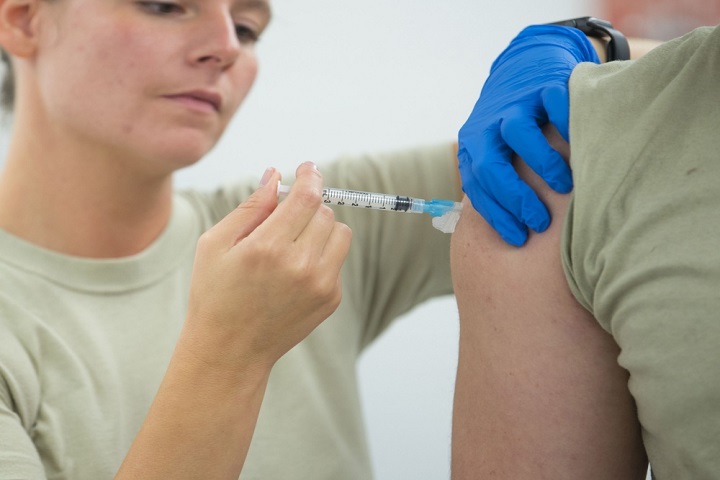
Experts encourage travelers to be proactive about their travel medicine needs, including learning about the health risks associated with the destination and checking with their doctor to make sure they’re in good health





















.jpg)









No hay comentarios:
Publicar un comentario